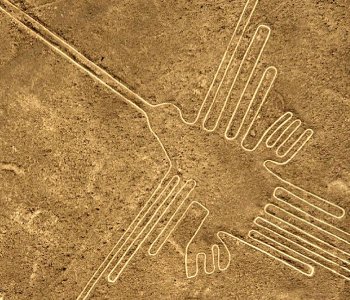
2018 to 2023 Tripadvisor’s Traveler’s Choice Award



Paracas is a town on Peru’s west coast known for its beach and all year round sunny weather. Located only 4 hours from Lima, Paracas makes the perfect getaway from the city. Home to the Ballestas Islands and Paracas National Reserve, there is something to do in Paracas for everyone!
The Ballestas Islands are located off the coast off the small coastal town of Paracas. The best way to get to there is to take a boat tour of the islands from Paracas. Home to over 400 species of wildlife, the islands are largely composed of rock formations and are protected to provide an important sanctuary for many different animals and birds.


Huacachina is the only desert oasis in South America and a tiny village just west of the city of Ica in southwestern Peru. The oasis is home to dunebuggy & sandboarding in Peru, containing the largest sand dunes in South America. No trip to Peru is complete without a visit to the desert oasis of Huacachina.
Nazca is a city found close to the southern coast of Peru. Home to the famous Nazca Lines, Nazca is approximately a 6-hour drive from Lima. Getting its name from the Nazca culture that flourished in the area between 100 BC and 800 AD, seeing Nazca and the Nazca Lines is an absolute must on any trip to Peru.

Paracas is a town on Peru’s west coast known for its beach and all year round sunny weather. Located only 4 hours from Lima, Paracas makes the perfect getaway from the city. Home to the Ballestas Islands and Paracas National Reserve, there is something to do in Paracas for everyone!

The Ballestas Islands are located off the coast off the small coastal town of Paracas. The best way to get to there is to take a boat tour of the islands from Paracas. Home to over 400 species of wildlife, the islands are largely composed of rock formations and are protected to provide an important sanctuary for many different animals and birds.

Huacachina is the only desert oasis in South America and a tiny village just west of the city of Ica in southwestern Peru. The oasis is home to dunebuggy & sandboarding in Peru, containing the largest sand dunes in South America. No trip to Peru is complete without a visit to the desert oasis of Huacachina.

Nazca is a city found close to the southern coast of Peru. Home to the famous Nazca Lines, Nazca is approximately a 6-hour drive from Lima. Getting its name from the Nazca culture that flourished in the area between 100 BC and 800 AD, seeing Nazca and the Nazca Lines is an absolute must on any trip to Peru.
